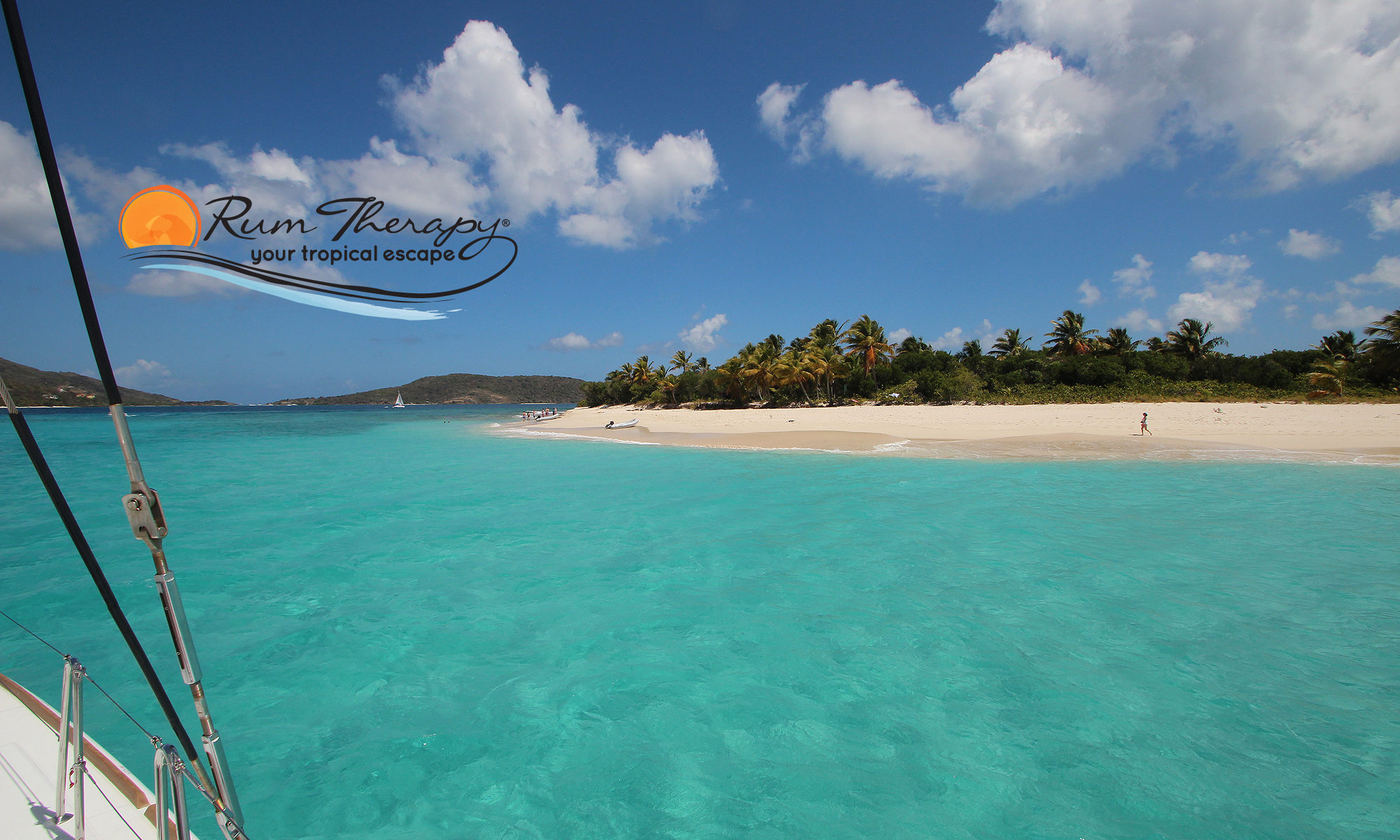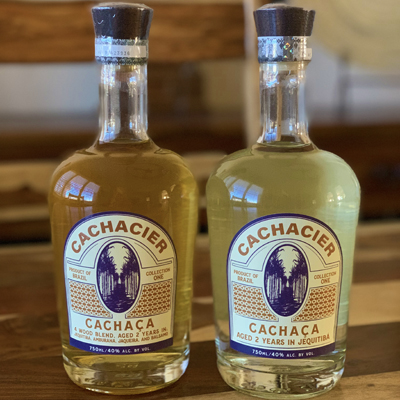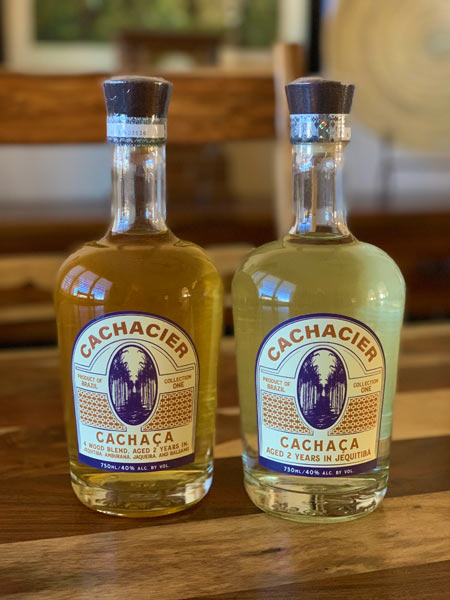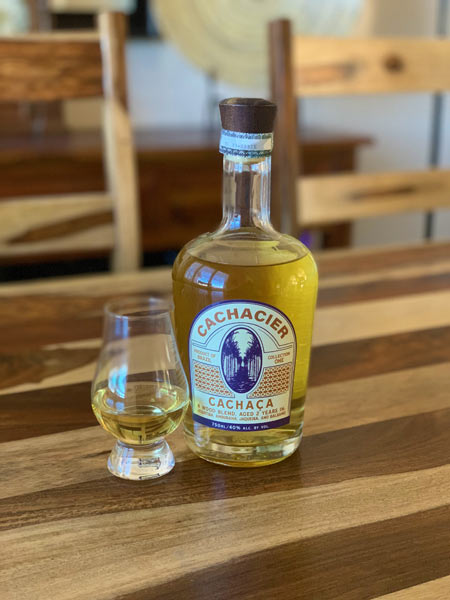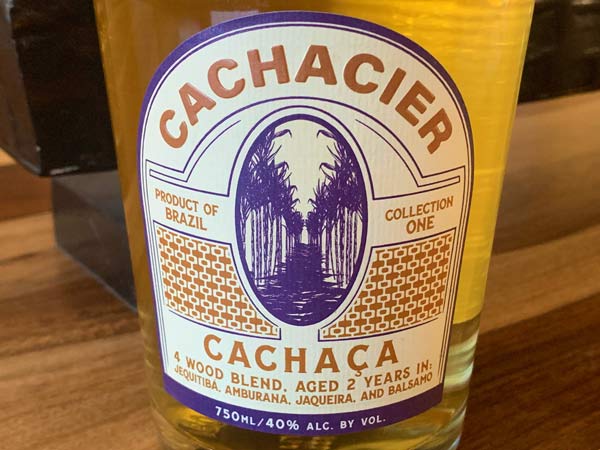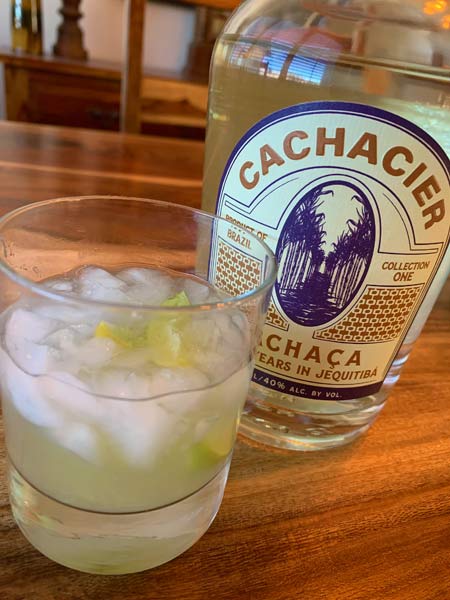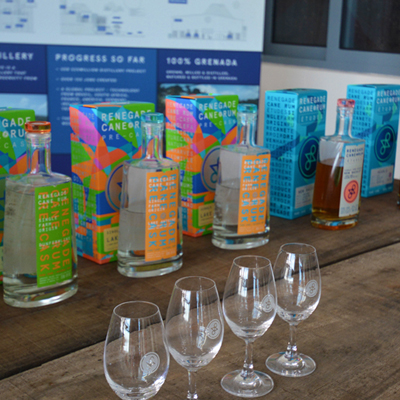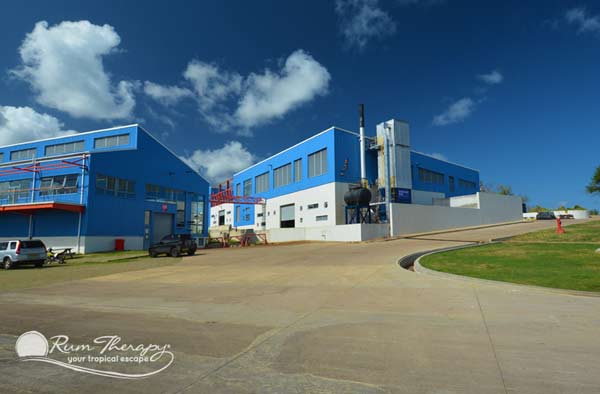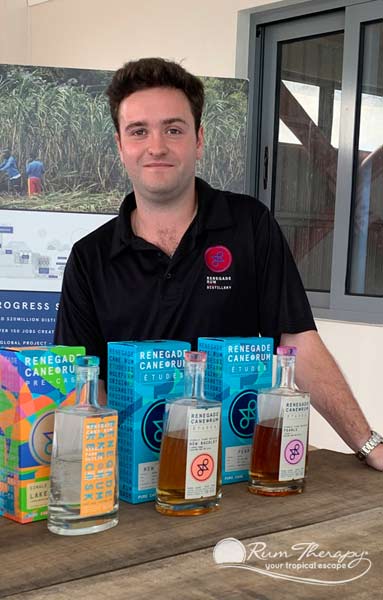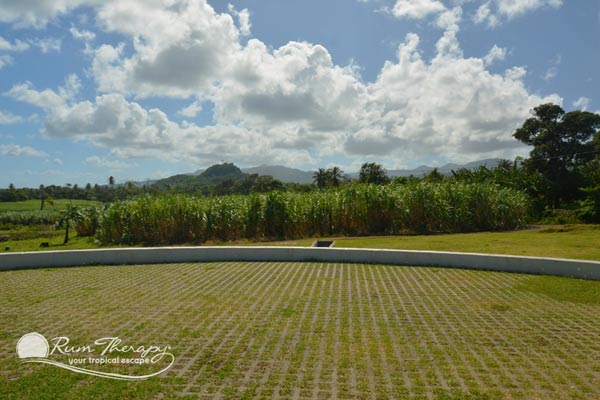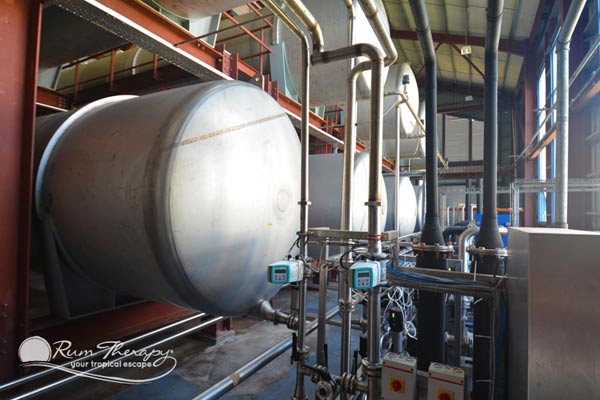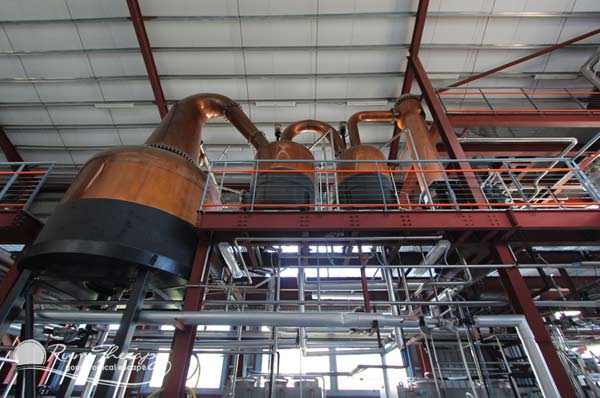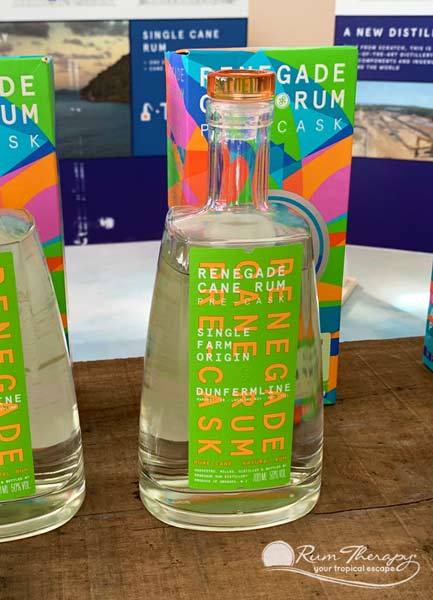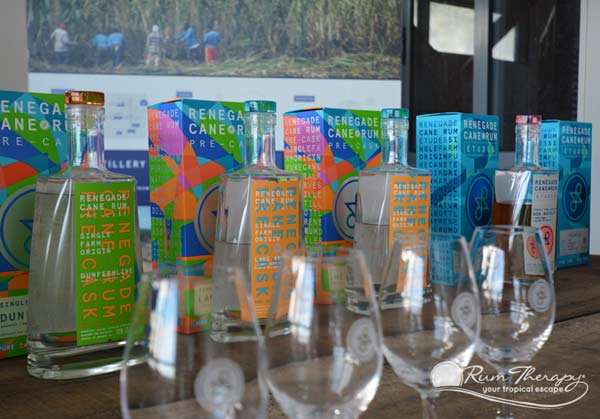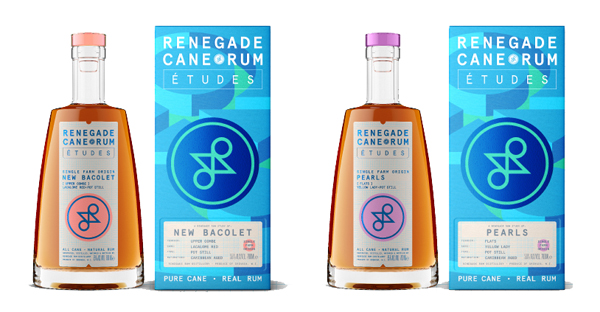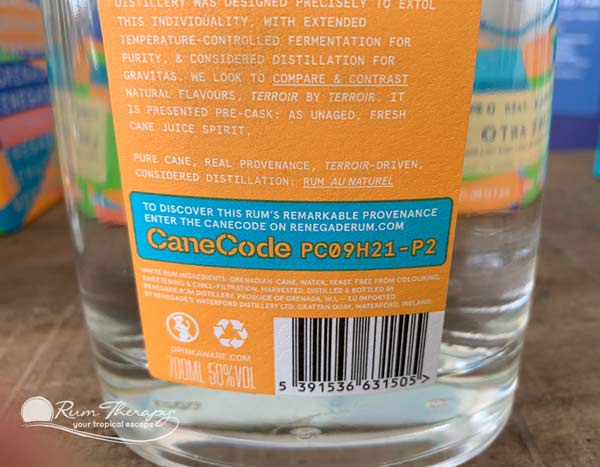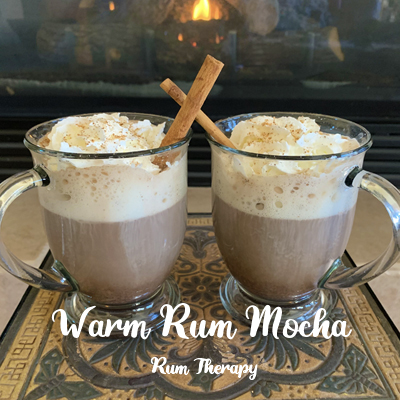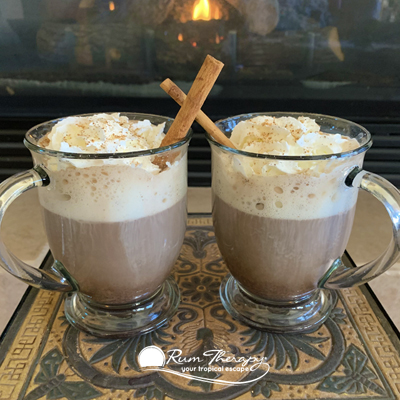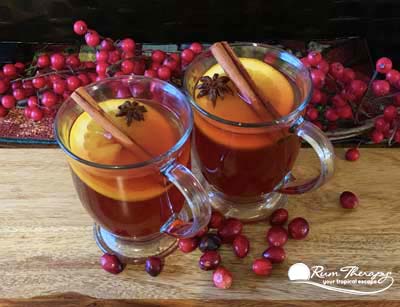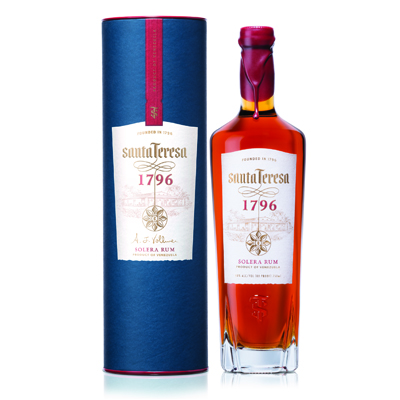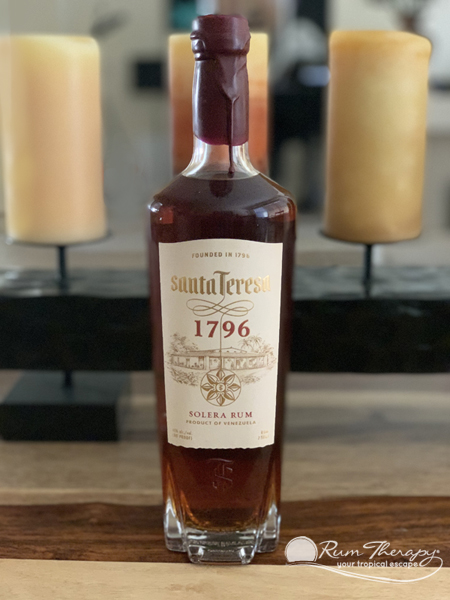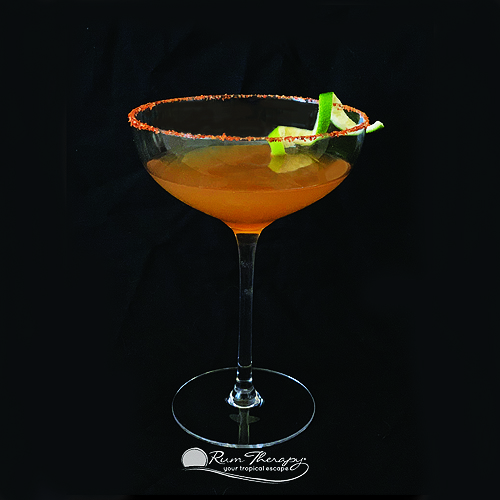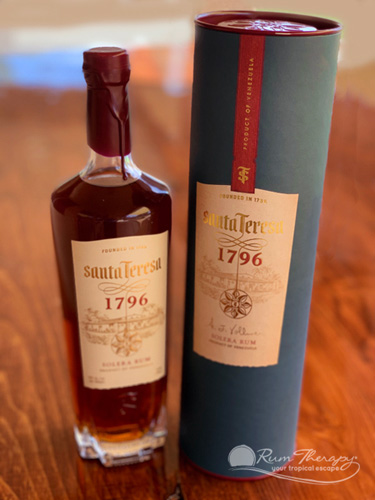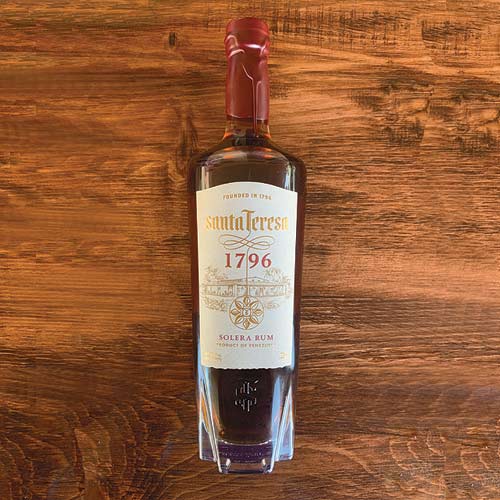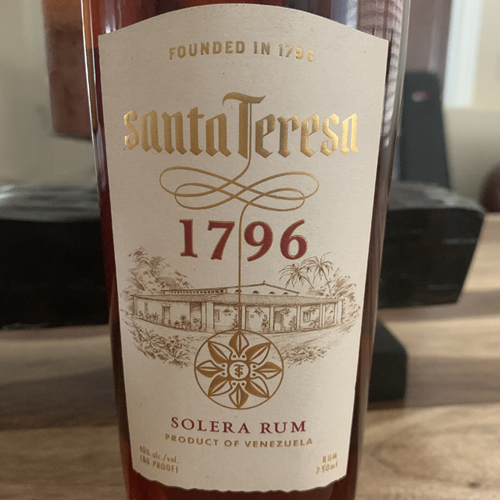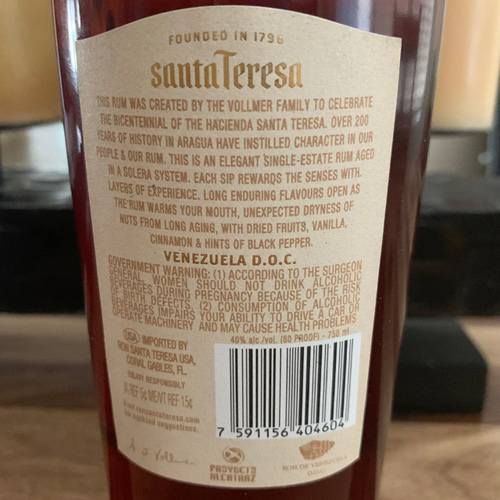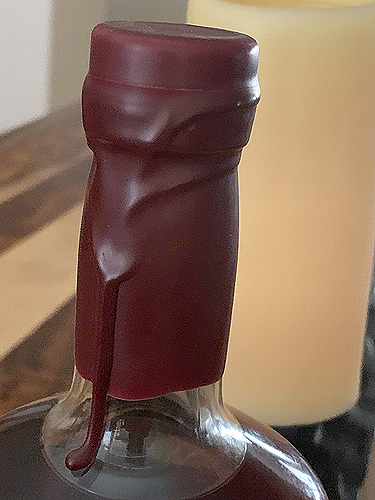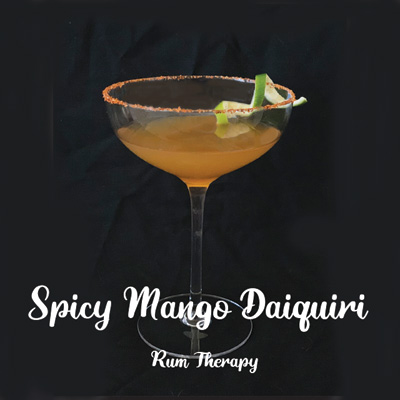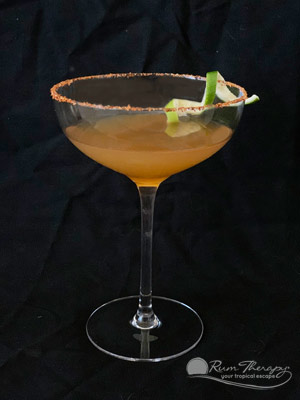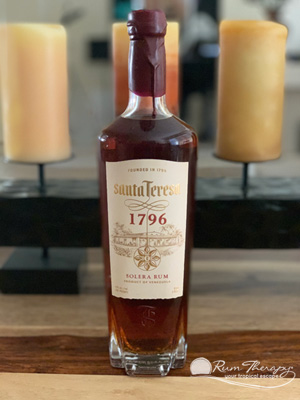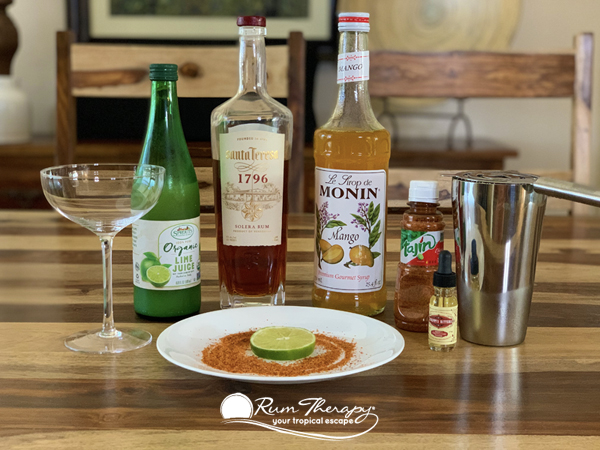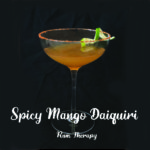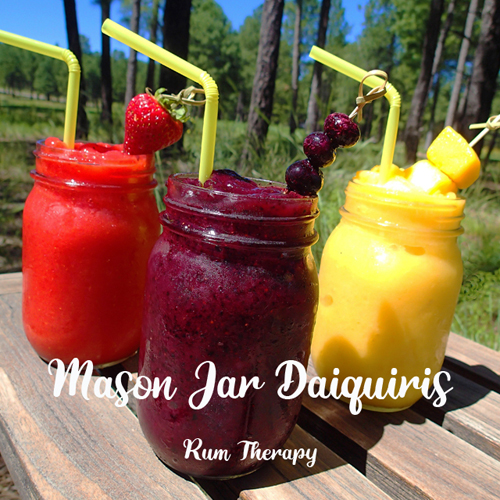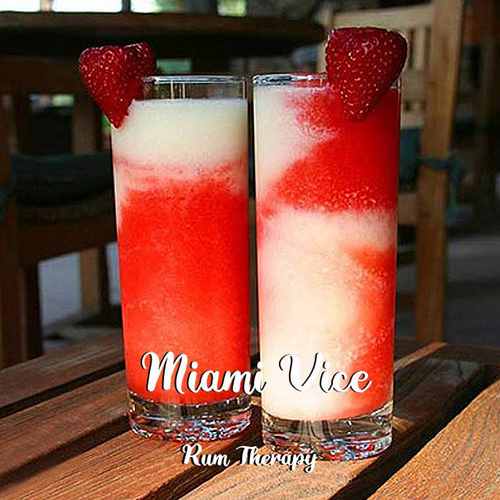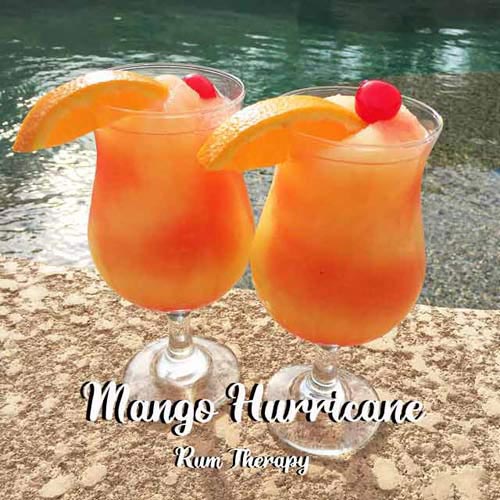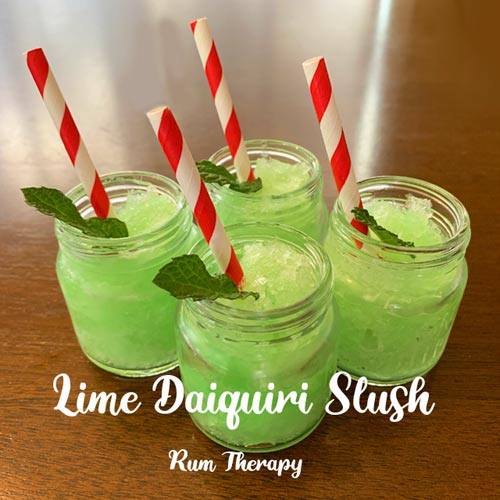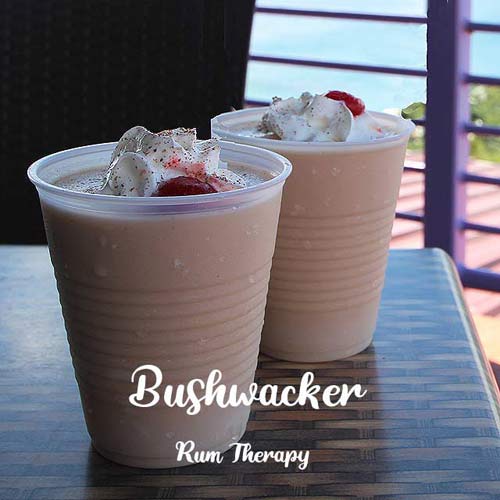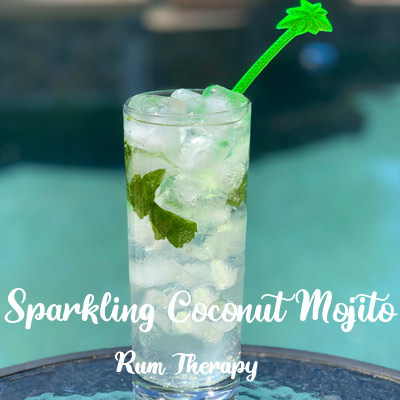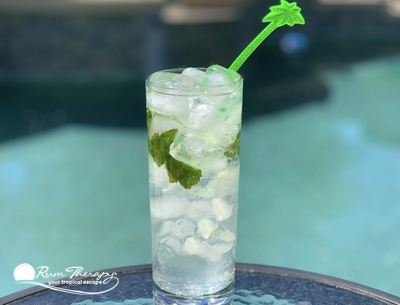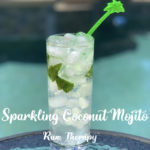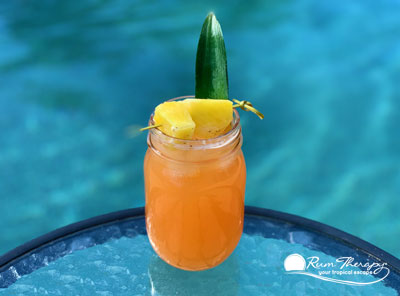Cachaça (pronounced ka-sha-sa), sometimes referred to as a Brazilian Rum, has some similarities to rum, but can actually stand in a category of its own. If you enjoy rum, especially fine “rhums”, you should really explore the world of cachaça as you will likely find it an excellent addition to your rum collection.
Known as the “people’s spirit” in Brazil, the very early cachaças were not considered to be the finest of spirits. According to Peter Banks, the Founder and CEO of Cachacier, “The image of cachaça was refreshed in the mid-90’s when the President of Brazil declared cachaça a unique product of Brazil. A few years later, a new generation of producers who had grown up with family members consuming and producing cachaça began to take over. They sought to produce higher quality spirits, and the results really speak for themselves.”
There are definitely similarities between rum and cachaça, although cachaça actually is said to predate the first production of rum. To be considered cachaça, it must be produced in Brazil and it can only be made from sugarcane juice and not molasses. The use of sugarcane juice makes it more akin to the taste of an Agricole rhum than the sweeter taste of a molasses-based rum.
Cachaça can be aged in many types of wood. Frequently local wood is used, although oak, which is not local, is still used by a number of producers in the aging process. When tropical woods are used such as Jequitibá, Amburana, Zebrawood and wood from other trees exclusive to the region, the cachaça producer opens themselves up to a myriad of unique flavor combinations and profiles.
So why don’t we hear more about cachaça? Word about this Brazilian spirit has begun to emerge and through websites like Cachaça for Gringos, a lot of info is becoming available, leading to increased interest in learning about cachaça and trying it.
Peter Banks, as mentioned above, found a passion for cachaça after living in Brazil for 8 years. He began to see that there was something special about it after visiting some of the many cachaça clubs that meet in Brazil to talk about cachaça, meet different producers and try their products. He then started visiting distilleries and writing about cachaça and began to realize that people in the US had very limited access to good cachaça. According to Peter, “There are about 1,000 producers (officially, though many more unofficial), but less than 1% of all production gets exported every year, and most of that is from the big players owned by Bacardi, Diageo. However, he continues, the small producers are the interesting ones.”
In 2021, Peter took the first steps towards creating a company called Cachacier, with the purpose of working with different distilleries in Brazil, importing some of their products and helping to help introduce them to the US market to expose Americans to the cachaça universe. We recently received two beautiful bottles of Cachacier’s recentlly released Collection One from their first partner distillery, Princesa Isabel, located in Espirito Santo, just northeast of Rio de Janeiro.
This first collection includes a silver expression that is aged 2 years in Jequitibá and a 4-wood blend expression aged 2 years in Jequitibá, Amburana, Jaqueira and Balsamo. Peter said that these expressions were chosen because they are very unique to cachaça and aren’t found in any other types of rum.
Not having tried cachaça before, we were anxious to give this first collection from Cachacier a try. We found both expressions to be delightful. Although there were some similarities to an Agricole type “rhum”, these two cachaças were a bit softer with unusual but pleasant notes – most likely from the terroir of the sugarcane and the types of wood used in the aging process. The 4-wood blend we enjoyed best neat. The silver was also very good as a sipper, but additionally worked well in a Caipirinha, the national drink of Brazil.
If you are in the US, you can order bottles of the first collection by Cachacier on their website here. Each collection will be a limited release. There is a good deal of interesting information on the Cachasa for Gringos blog including recipes, the cachaça distilling process, types of wood used and much more. You can also find out more by following Cachacier on Facebook and Instagram.
Copyright©Rum Therapy
Pictures and other content may not be re-used without written consent from Rum Therapy, LLC
